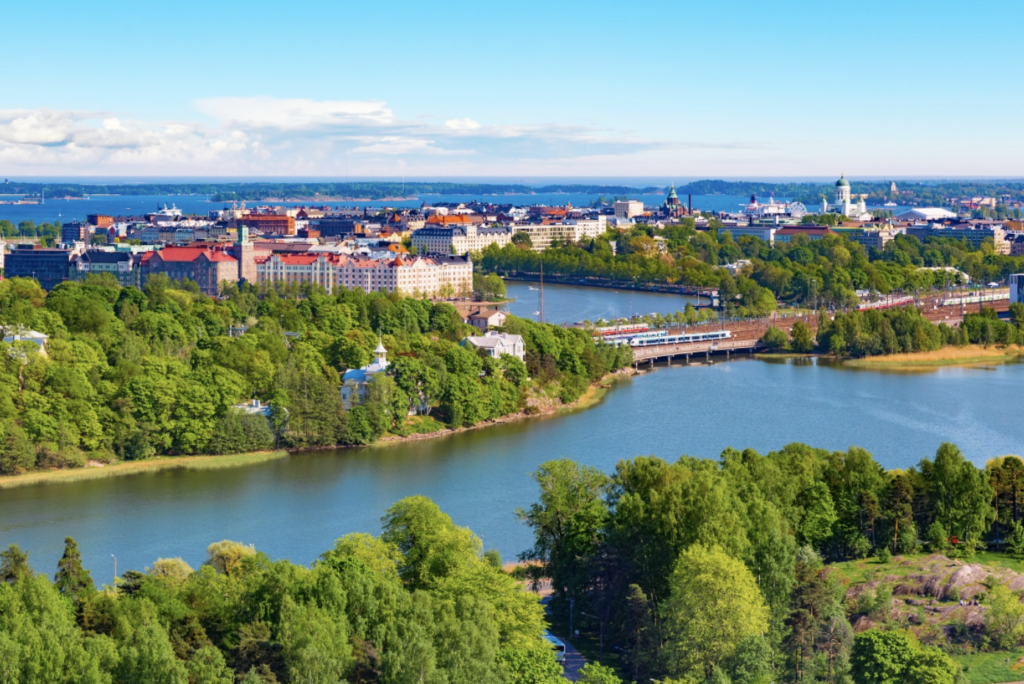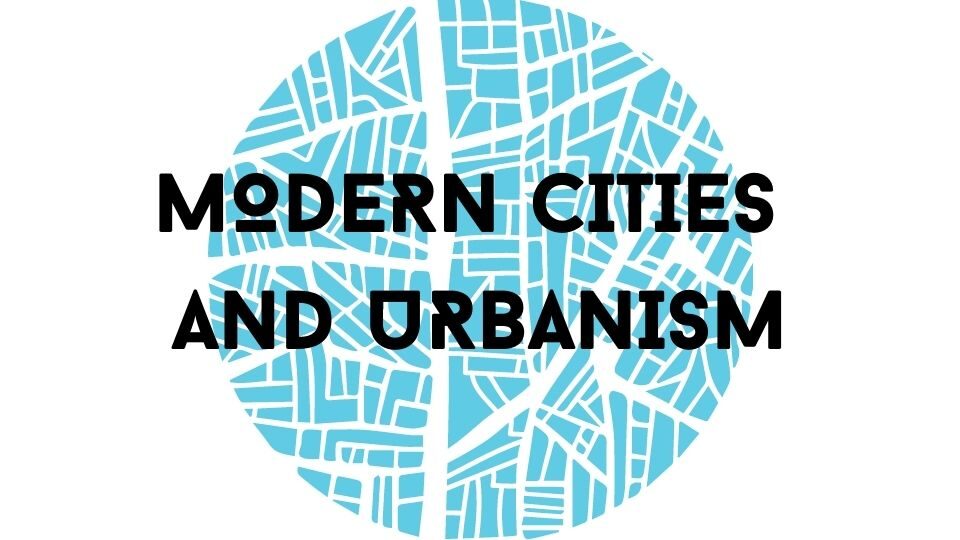Since its independence from Russia in 1917, the city of Helsinki has expanded its borders over time to encompass a region. The sum of “Helsinki” consists of three areas (in terms of geographic area, in ascending order): the capital city of Helsinki, the Greater Area of Metropolitan Helsinki, and the Helsinki Region. In 2000, the Helsinki Urban Facts Office reported that the population of the political capital was 555,000, while that of the Greater Helsinki Region was 1.8 million. The total national population at the time was 5.2 million. While most of the following authors generally refer to the capital city of Helsinki, some further locate their research to specific areas within the capital city.
As a city, Helsinki ranks highly across many domains. It is considered one of the most “liveable,” “happiest,” “sustainable,” “green,” and “clean” cities in the world. Alongside the capitals of other Scandinavian countries, Helsinki is also considered a leader in education, social welfare, and environmentalism.

